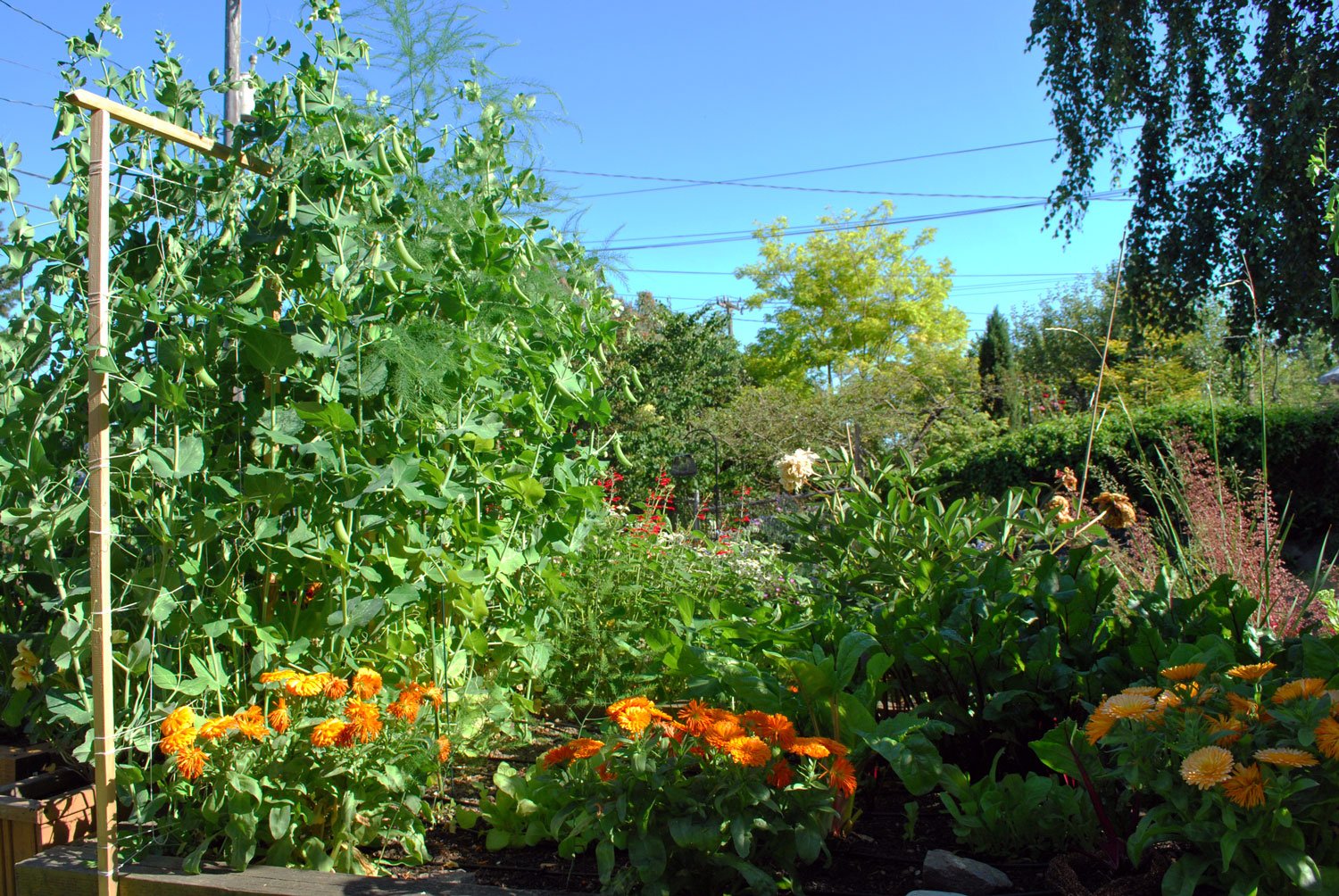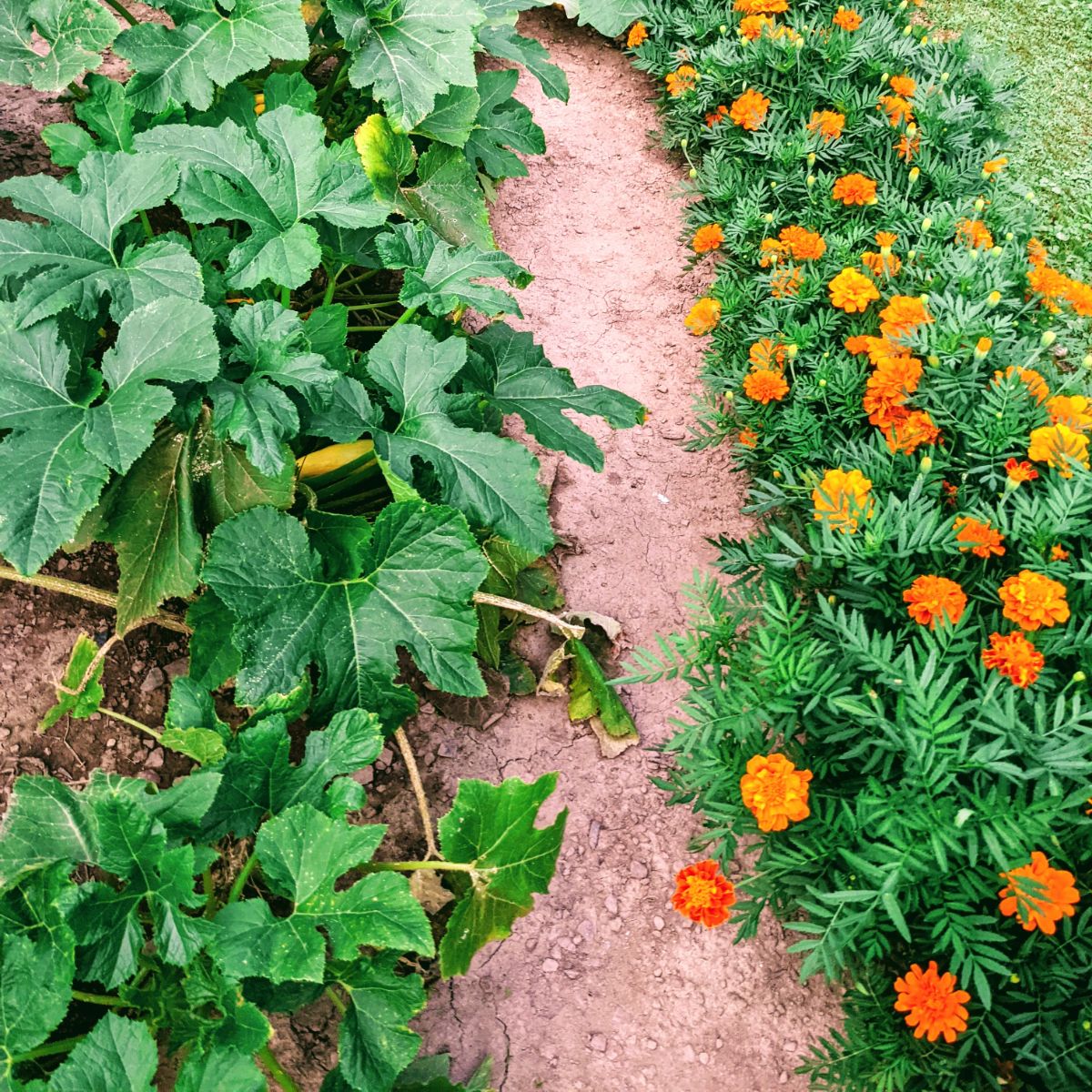Companion Planting: The Secret To A Healthy And Productive Vegetable Garden
Companion Planting: The Secret to a Healthy and Productive Vegetable Garden
Companion planting is the practice of planting different plants together for mutual benefit. By carefully selecting which plants to grow near each other, you can create a garden that is more productive, pest-resistant, and healthier overall.
There are many different ways to companion plant, and the specific benefits that you'll experience will vary depending on the plants that you choose. However, some of the most common benefits of companion planting include:
- Attracting beneficial insects and pollinators: Many companion plants attract beneficial insects, such as ladybugs, lacewings, and bees. These insects help to control pests and pollinate your plants, which can lead to larger yields.
- Distracting pests: Some companion plants have strong scents that can distract pests from feeding on your other plants. For example, marigolds are often planted near tomatoes to deter aphids.
- Improving soil health: Some companion plants help to improve the soil quality in your garden, which can lead to healthier plants. For example, legumes, such as beans and peas, fix nitrogen in the soil, which is a nutrient that many plants need.
- Shading and supporting each other: Some companion plants can help to shade or support each other. For example, tall plants, such as corn and sunflowers, can provide shade for shorter plants, such as lettuce and carrots.
If you're new to companion planting, it can be helpful to start by learning about the specific benefits of different plants. There are many resources available online and in gardening books that can help you with this. Once you have a basic understanding of companion planting, you can start experimenting with different plant combinations in your own garden.
Here are a few examples of companion plants that you might want to try:
- Beans and corn: Beans fix nitrogen in the soil, which corn needs. Corn provides shade for beans, which helps to keep them cool and pest-free.
- Carrots and onions: Carrots and onions repel each other's pests. Carrots also help to improve the drainage of the soil, which onions benefit from.
- Lettuce and marigolds: Marigolds repel aphids, which can damage lettuce. Lettuce provides shade for marigolds, which helps to keep them cool and healthy.
- Peas and tomatoes: Peas fix nitrogen in the soil, which tomatoes need. Tomatoes provide support for peas, which can climb up their stems.
- Spinach and strawberries: Spinach helps to suppress weeds, which can compete with strawberries for nutrients. Strawberries provide shade for spinach, which helps to keep it cool and pest-free.
These are just a few examples of companion plants that can benefit your vegetable garden. With a little research, you can find many other beneficial plant combinations to try.
Do you want to grow a healthy and bountiful vegetable garden? If so, you may want to consider companion planting. Companion planting is the practice of planting certain types of vegetables together in order to benefit each other. For example, basil can help to repel pests from tomatoes, while marigolds can help to attract beneficial insects.
There are many different companion planting combinations that you can use. To find the best combinations for your garden, you can consult a companion planting chart or website. One website that I recommend is Gardenia Inspiration. This website has a comprehensive database of companion planting information, as well as articles and videos on a variety of gardening topics.
If you're new to companion planting, I encourage you to give it a try. It's a great way to improve the health and productivity of your vegetable garden. And who knows, you might even have some fun learning about the different ways that plants can interact with each other.
Image of companion plants in vegetable garden
Here are 5 different images of companion plants in vegetable gardens from Pinterest:
- Beans and tomatoes: Beans fix nitrogen in the soil, which tomatoes need to thrive. Tomatoes also provide shade for the beans, which helps to protect them from pests.
- Carrots and onions: Carrots and onions repel each other's pests, so planting them together can help to keep your garden healthy.

- Cucumbers and nasturtiums: Nasturtiums attract beneficial insects that help to control pests, such as aphids and whiteflies. They also deter cucumber beetles.

- Peas and lettuce: Peas provide nitrogen for the lettuce, and lettuce helps to suppress weeds.

- Potatoes and marigolds: Marigolds repel potato beetles and other pests. They also help to improve the soil quality.

Post a Comment for "Companion Planting: The Secret To A Healthy And Productive Vegetable Garden"